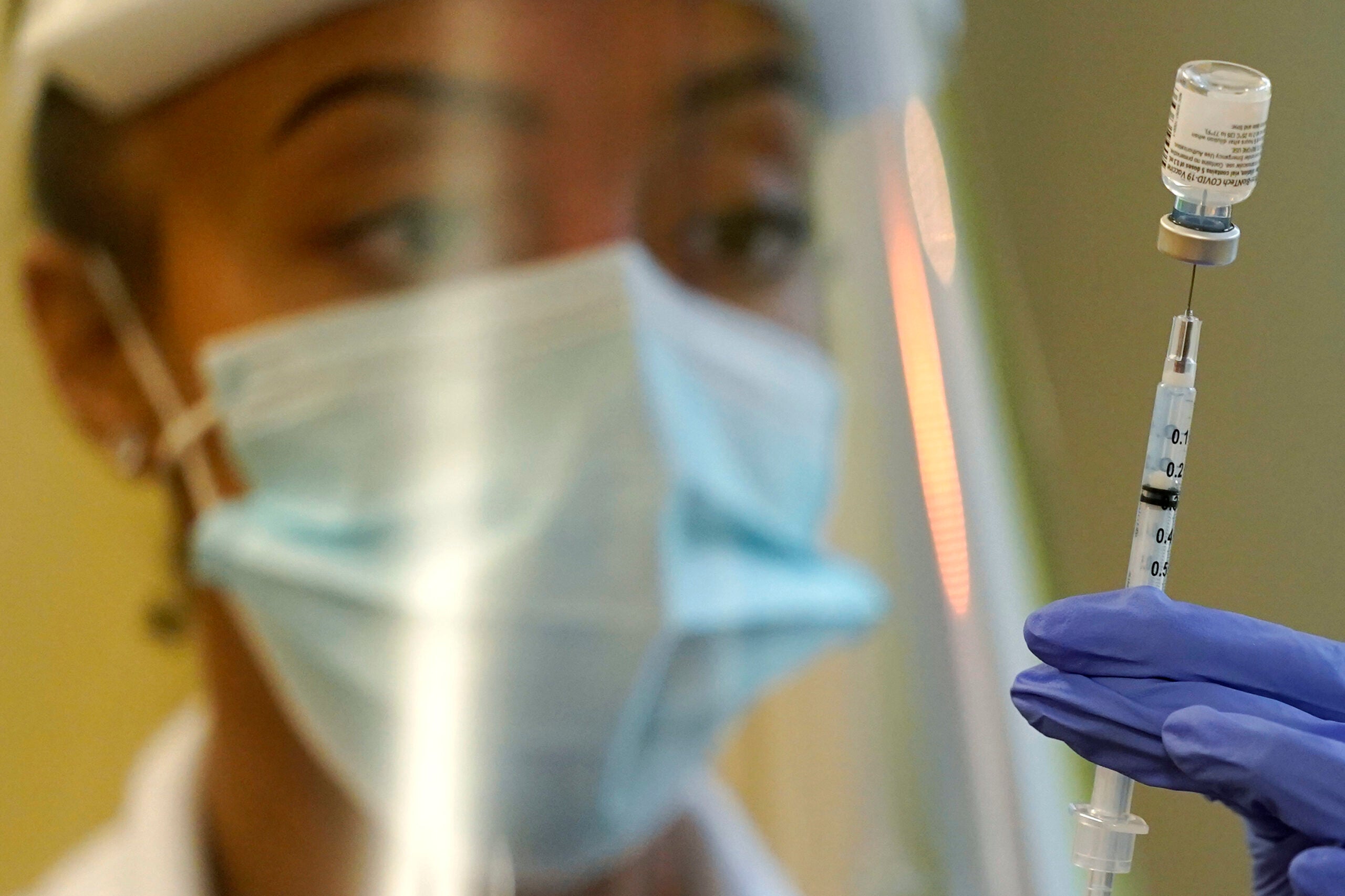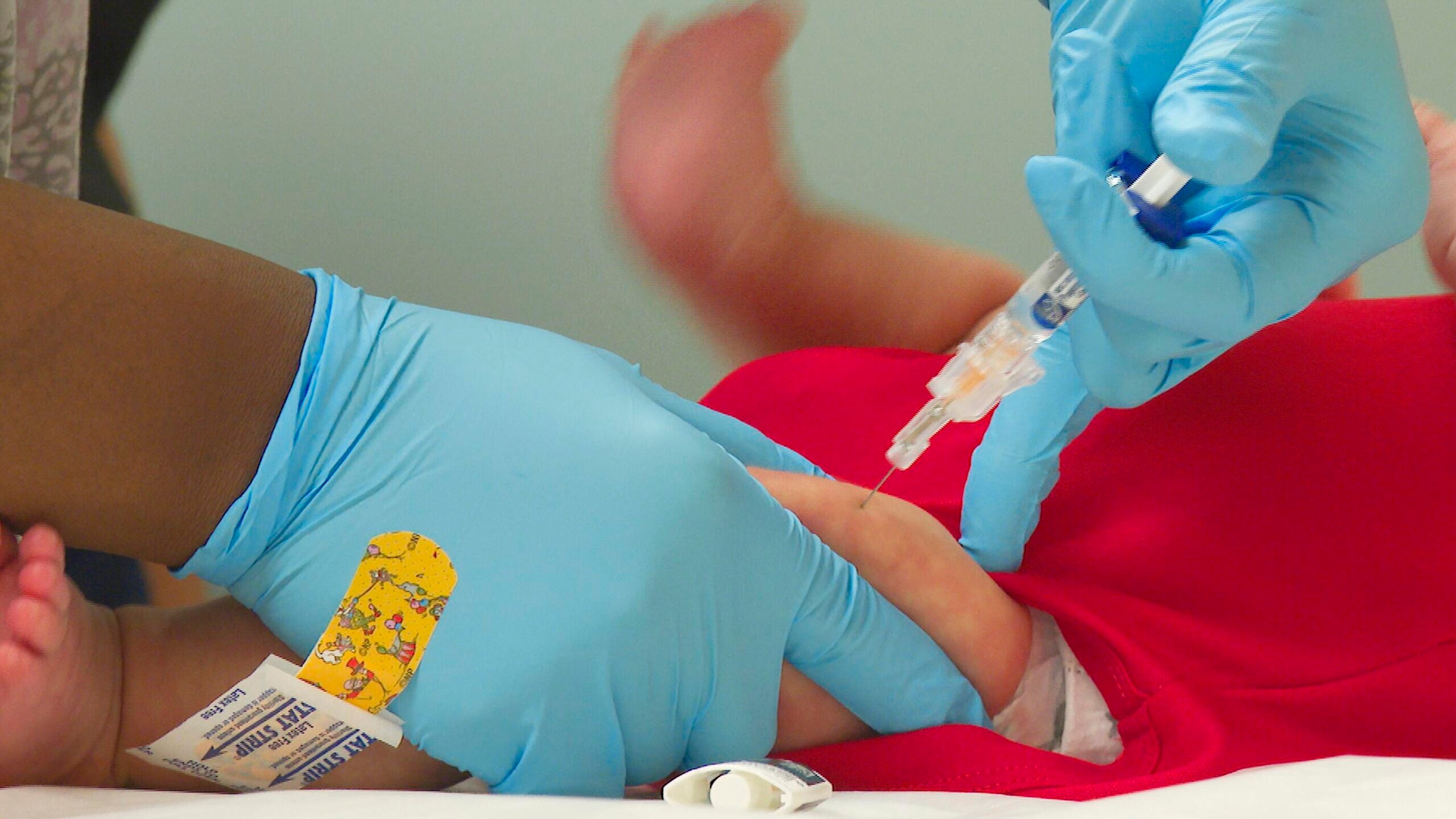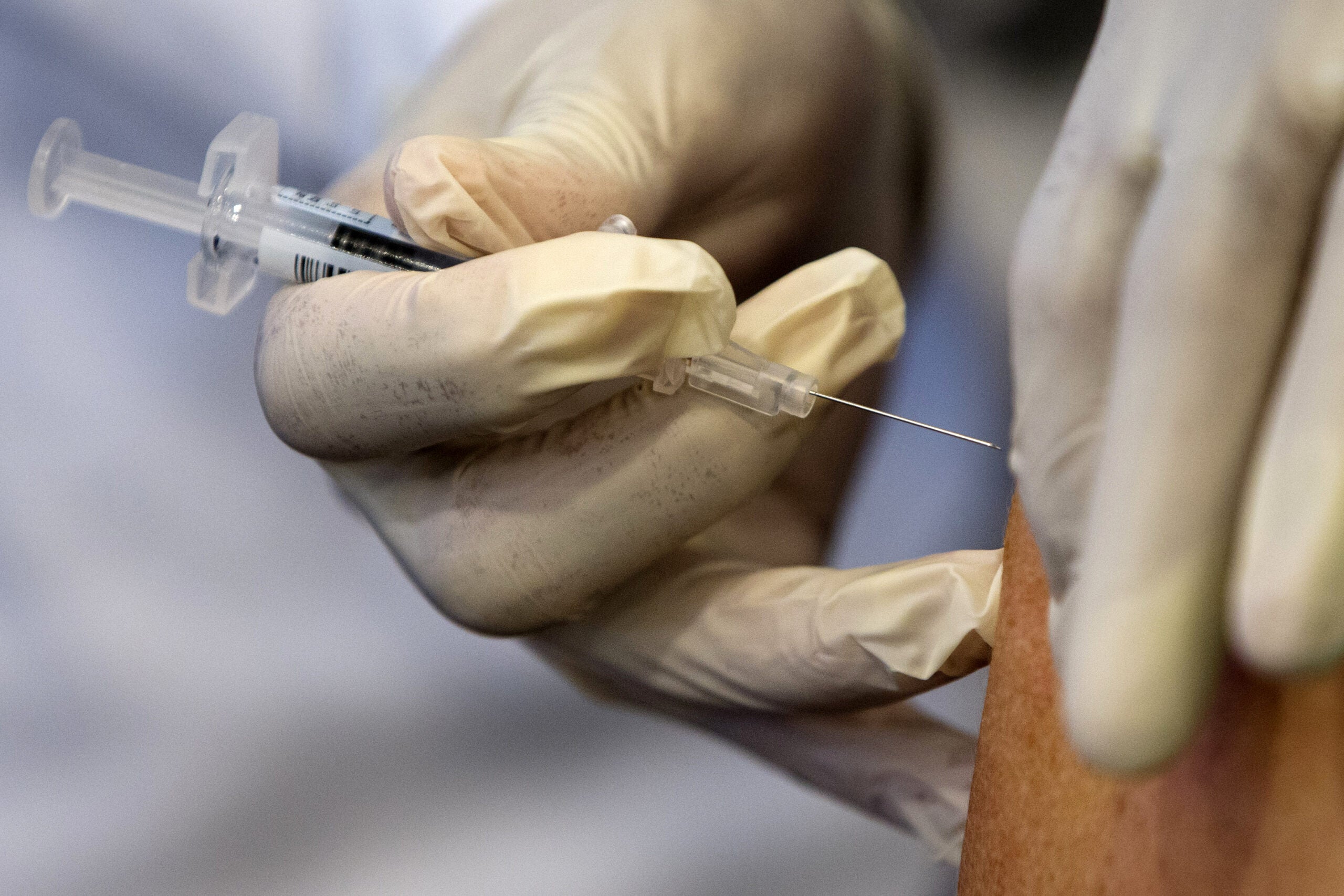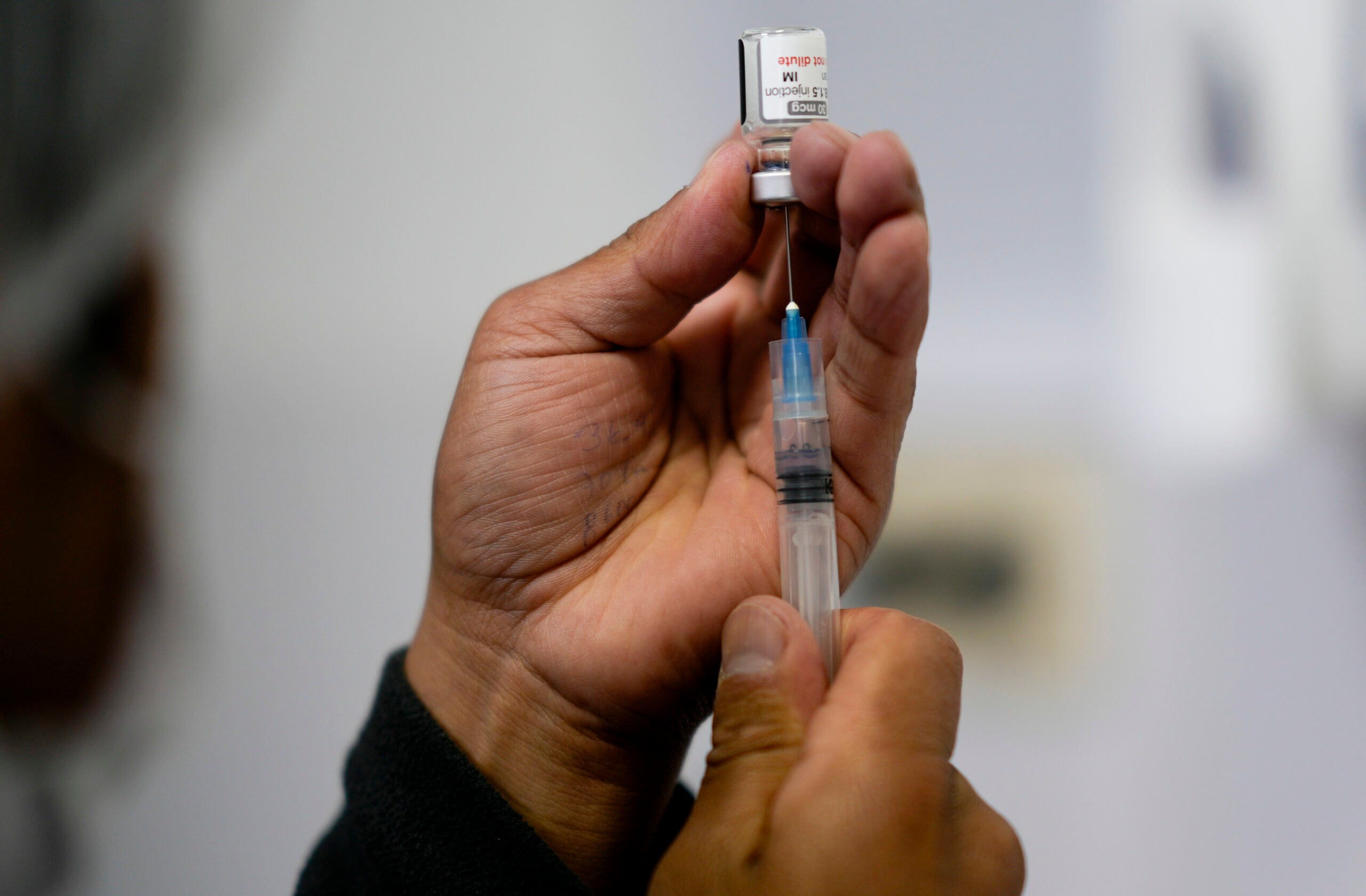New reports of COVID-19 cases are higher than they were last week in Wisconsin, based on the latest data published by the state Department of Health Services.
DHS reported 1,456 new cases of the disease Monday, bringing the average for the past seven days to 2,915 daily cases. One week ago, the average was 2,255 daily cases. It’s typical for DHS to report fewer confirmed COVID-19 cases on Mondays, with labs usually posting fewer test results the day before.
News with a little more humanity
WPR’s “Wisconsin Today” newsletter keeps you connected to the state you love without feeling overwhelmed. No paywall. No agenda. No corporate filter.
There were five new deaths from COVID-19 reported Monday. On Monday, 3,998 tested negative.
Of the people who got tested for COVID-19 over the past week, 29.7 percent were positive for the disease, according to DHS. That rate has been declining over the past week.
The positivity rate is often read by public health officials as a measure of overall testing levels. A high rate could indicate that testing in the state is limited, and skewed toward those already flagged as potentially having COVID-19. A lower rate could indicate testing is more widespread. Changes in the test positivity rate can also speak to COVID-19’s spread, if the size and makeup of the testing pool stays consistent.
DHS also tracks the percentage of tests that are positive, instead of the percentage of people who get a positive result. The metric takes into account people who have been tested multiple times. The seven-day average for that number is 10 percent.
On Dec. 29, DHS officials began sharing vaccine data information, which will be updated every Tuesday. According to a DHS news release, the vaccine data includes “summary metrics for allocation, shipment and total vaccine administered, as well as a graph displaying the number of vaccinations administered per day.”
According to DHS, 420,200 doses of the vaccine has been allocated across Wisconsin as of Tuesday. Currently, 151,518 doses of the vaccines have been administered — with 11,586 being the second dose required to complete the vaccine sequence according to deputy DHS secretary Julie Willems van Dijk — while 266,675 have been shipped. Of the two vaccines approved for use, 96,467 doses of the Pfizer vaccine have been administered while 55,051 doses are the Moderna vaccine.
A graph showing the daily number of vaccinations across the state saw vaccinations increase steadily in the last days of 2020. Preliminary data shows a sharp decrease in vaccinations Jan. 1, with an increase in the days after that.
According to the Wisconsin Hospital Association, there were 973 COVID-19 patients hospitalized as of Sunday. A total of 22,434 people have been hospitalized because of the disease, or 4.4 percent of all positive cases.
The latest figures bring the overall total of positive cases in Wisconsin to 508,346, according to DHS. A total of 5,162 people in Wisconsin have died from COVID-19.
COVID-19 activity varies from county to county. The latest activity data from DHS, released Wednesday, showed Menominee County with a “critically high” level of COVID-19 activity, while 61 counties were listed as having a “very high” level of activity. Ten counties had a “high” level of activity. The number of Wisconsin counties at a “critically high” level of COVID-19 activity has been on the decline. Wisconsin’s overall level is “very high.”
COVID-19 activity designations are based on the number of new cases per a county’s population over a 14-day period, as well as whether there’s an upward or downward trend in new cases.
As of Wednesday, all seven of Wisconsin’s regions had “very high” levels of activity and were listed as “growing” in activity, according to DHS.
Wisconsin’s daily testing capacity — based on the availability of test supplies and adequate staffing — has grown from 120 available lab tests in early March to 59,245 as of Monday. The number of actual people with new test results reported Monday was 5,454.
A total of 2,914,080 people have been tested over the course of the pandemic. Of those, 2,405,734 have tested negative.
Wisconsin Public Radio, © Copyright 2025, Board of Regents of the University of Wisconsin System and Wisconsin Educational Communications Board.







